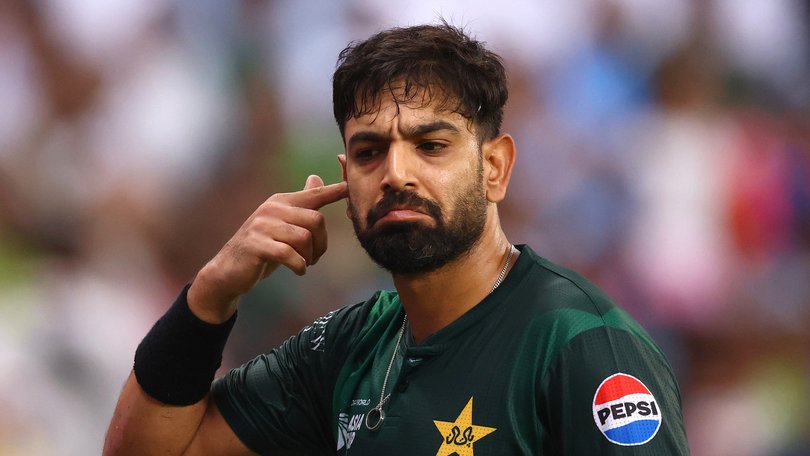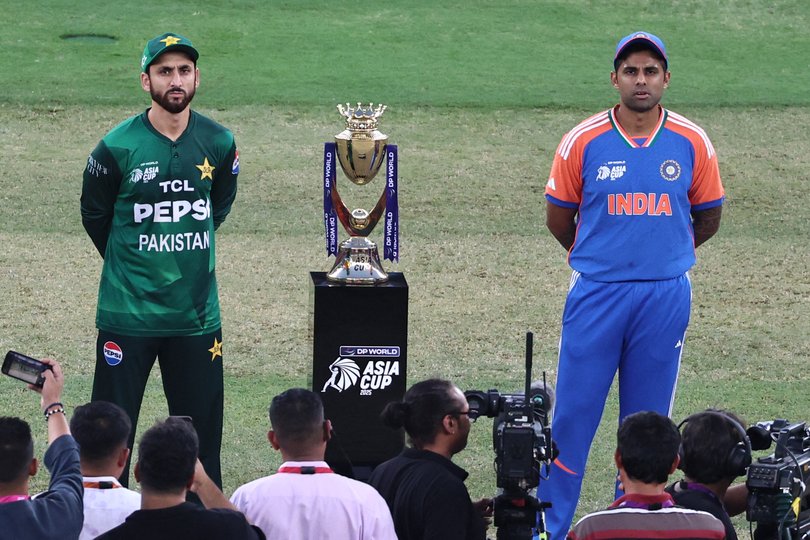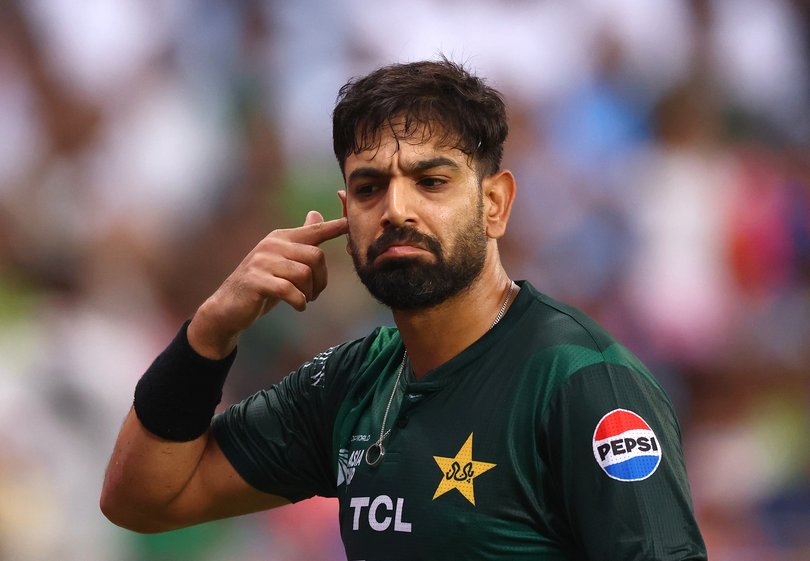LISA STHALEKAR: India-Pakistan rivalry continues to get hotter after on-field antics

Is sport above politics?
Nelson Mandela believed so when he stated: “Sport has the power to change the world. It has the power to inspire. It has the power to unite people in a way that little else does. It speaks to youth in a language they understand. Sport can create hope where once there was only despair.”
Yet what has transpired on the cricket field in the past month suggests sport is becoming a platform for politics.
Sign up to The Nightly's newsletters.
Get the first look at the digital newspaper, curated daily stories and breaking headlines delivered to your inbox.
By continuing you agree to our Terms and Privacy Policy.The India v Pakistan clash is the biggest rivalry, not in terms of head-to-head or the longest like the Ashes. Instead, it is the largest in terms of eyeballs watching. A game that literally stops two billion-plus people across the world to watch.

The broadcast audience is the biggest in cricket, and the ticket prices are exorbitant, because this isn’t just a game to decide who’s the best team. It has underlying themes of which country is the best.
It was fewer than 80 years ago, that these two countries were once seen as one. Political relations overshadowed the cricket at last month’s Asia Cup.
India played Pakistan three times during the course of the tournament. In the first match, the Indian team did not shake the hands of the opposition at the toss and after the match.
“A few things in life are above sportsman’s spirit,” said Indian skipper Suryakumar Yadav at the post-match presentation.
“We stand with all victims of Pahalgam terror attack and with their families, and dedicate this win to our brave armed forces who took part in Operation Sindoor.”
Yadav was referring to a terror attack in which 26 Hindu tourists were killed in April by The Resistance Front, a Pakistan-based Islamist UN-designated terrorist group, and the subsequent response by India’s armed forces.
The reaction from Pakistan was disbelief. They lodged a protest against the Indian teams for their lack of sportsmanship.
There were also calls to remove Andy Pycroft, the match referee for the competition.
The second contest, with heightened tension and interest within the game, saw the players push the boundary.
Pakistan’s Sahibzada Farhan celebrated his half-century by using the “gun celebration” where he takes the bat and pretends to fire it into the crowd.
Pakistan paceman Haris Rauf, pictured, was caught signalling to Indian fans 6-0 with his hands and making gestures of planes crashing in an attempt to demonstrate the military conflict that occurred between the two nations in May this year. The gestures referred to claims that six Indian military aircraft were allegedly shot down during Operation Sindoor.

Both teams met in the final, with Yadav skipping the customary final trophy photo shoot, leaving his Pakistan counterpart Salman Ali Agha alone.
India once again came out on top of Pakistan in the final. The team and skipper refused to accept the trophy and medals from Asian Cricket Council president Mohsin Naqvi, who is also the chairman of the PCB and Pakistan’s interior minister.
“#OperationSindoor on the games field. Outcome is the same — India wins! Congrats to our cricketers,” Indian PM Mahendra Modi tweeted afterwards.
All eyes then turned to the ICC Women’s World Cup clash on Sunday. Would the women’s game transcend what was happening in the men’s?
Unfortunately, that wasn’t the case. No handshakes took place, with drama unfolding on the field. At least no players were fined for poor behaviour.
While it is hard to truly understand the political landscape, as an outsider, I do hope that the game of cricket will outshine everything else.

